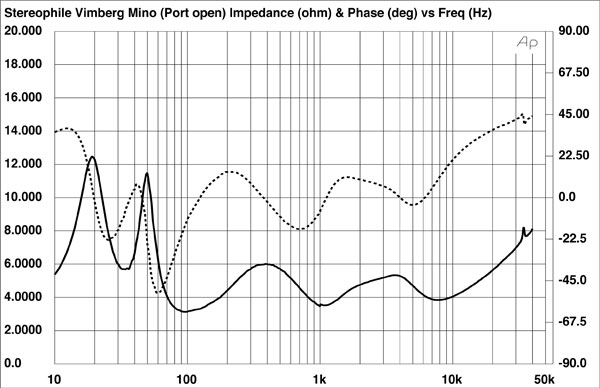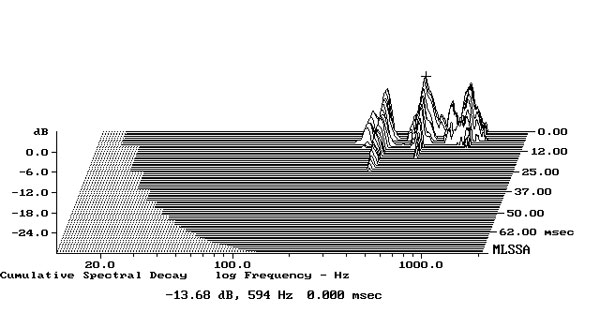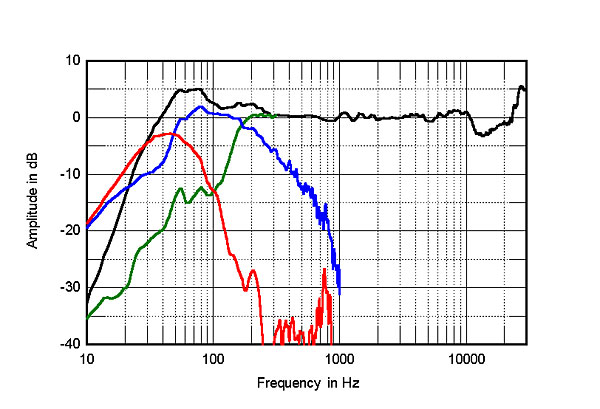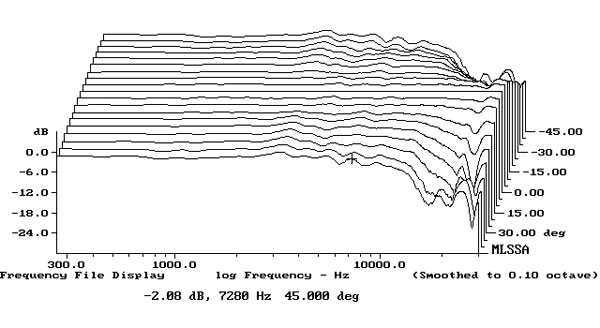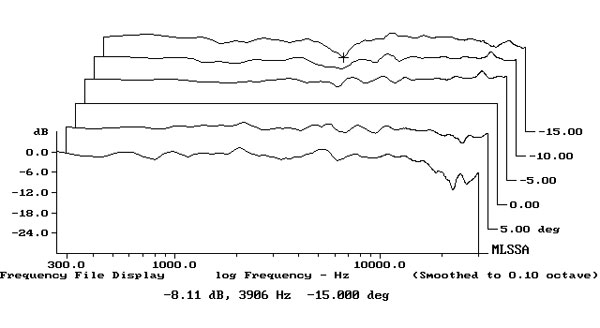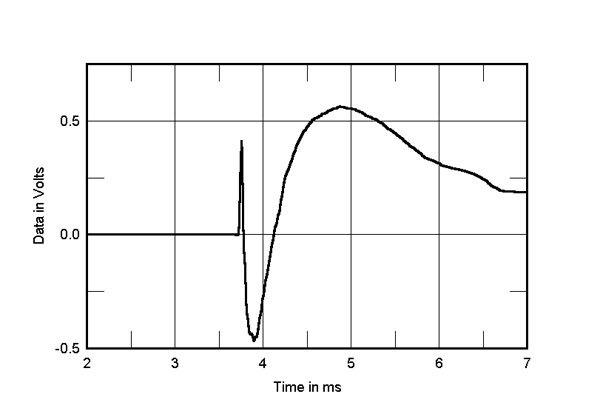| Columns Retired Columns & Blogs |
... it ends up costing 31K/pair?
For an example of an impressively engineered speaker, see this review of the $600/pair ELAC Debut Reference DBR-62:
https://www.audiosciencereview.com/forum/index.php?threads/elac-debut-reference-dbr-62-speaker-review.12232/
https://www.elac.com/series/debut-reference/dbr-62/

